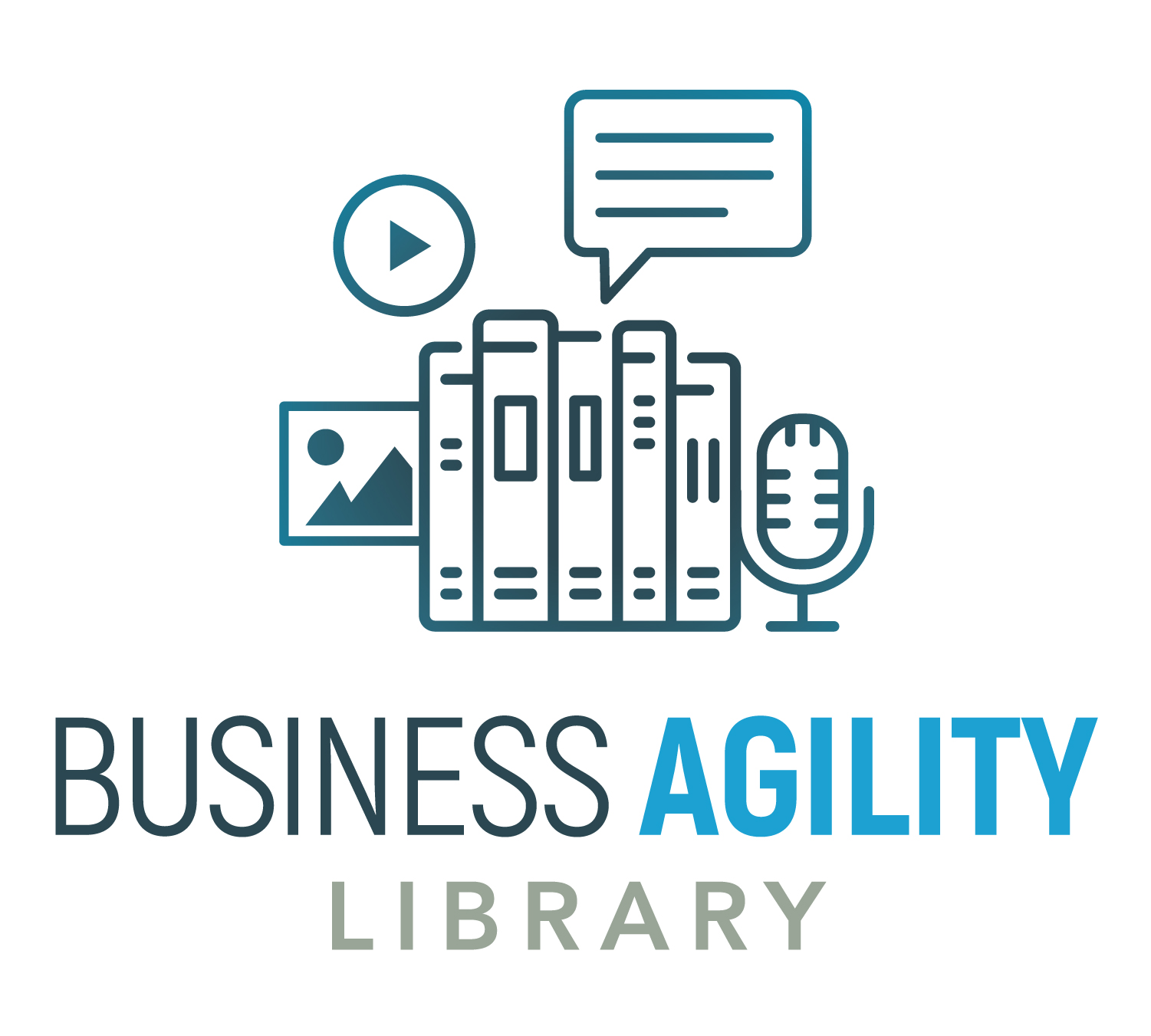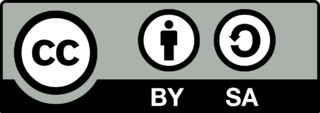Content Governance Guidelines
Getting Started
 Thank you for contributing to the Business Agility Library. Please take a moment to read and understand what we are trying to do here;
Thank you for contributing to the Business Agility Library. Please take a moment to read and understand what we are trying to do here;
Why
At the Business Agility Institute (BAI), we believe that the next generation of companies are here. And they are agile, innovative and dynamic – perfectly designed to thrive in today’s unpredictable markets. Our goal is to advocate for, connect, & inspire these organizations to co-create an environment of knowledge & trust so that every company in the world can be part of the future of business.
This Library reflects the real-world challenges and stories of our members. It is intended to be a systemic, yet living, interactive document that provided companies with insights into business agility as well as practical guides and solutions on their journey.
Structure
The Library is not designed to be read as a book. Rather it is an interactive guide that allows individuals to find the information that is relevant to them at any point in time. Therefore, it is designed to allow visitors to dive straight to relevant content via the 13 Domains of Business Agility – as well as separate entry points by Industry and Function.
Therefore, if I’m the head of HR, I’ll spend most of my time on the HR Function section. If I’m in the Energy sector, I’ll spend most of my time in the Energy Industry. If I’m running a restructure, I might go straight to the Structural Agility domain.
There is a lot of content that exists in multiple places. Therefore, the content that you contribute in the Library will either be “guidance” or an “insight”.
- Guidance is specific to an element (e.g. Structural Agility, HR Business Agility or Energy Sector).
- Insights are common information that are categorised to multiple elements (e.g. a case study could belong to multiple pages at the same time).
Insights can come in multiple forms and formats. At the moment we’re looking for Case studies, Books Reviews, and Reference Papers. There is no restriction on content format. If you want to provide an article (text), link, video, or infographic – it’s all welcome.
1 Value & 4 Practical Principles
Our singular value is to be Trustworthy . That is to be credible (to share content that is unbiased, independent, accurate, and well-researched), reliable (to always be there for our audience when they need us), and intimate (to share content that is specific and relevant to each reader).
From this key value, we are open to receiving any content from our members within the context of our four practical principles;
- No sales or marketing content. Where specific technologies, tools or methods are used you are welcome to reference and name it. However blatant sales language (e.g. an entire article on how to use a specific tool) is not acceptable. Of course, appropriate attribution to the author and the author’s company is expected.
- Use client names. Case studies must use company (or client) names where legally possible. De-identified case studies would rarely be published as it would not pass the verifiability requirement. The exception to this is failure case studies – for obvious reasons these may be published anonymously.
- No untested theory. We strongly encourage people to have great business agility ideas and to experiment with them. However to write it up into the Library requires it to have been tested more than once. There are other forums (e.g. slack) to discuss new ideas.
- You must “own” the content. Please do not include content that you do not own or have permission to use (e.g. from other sources). Instead, reference the material in its original location. This includes images that you may include on your own material. Third-party content that is released into the public domain or a suitable creative commons license is acceptable.
Content Licensing
 The majority of content within the Business Agility Library is required to be licensed as Creative Commons (Share Alike + Attribution) . We discourage the use of “No Derivatives” and “Noncommercial” Creative Commons terms for two reasons;
The majority of content within the Business Agility Library is required to be licensed as Creative Commons (Share Alike + Attribution) . We discourage the use of “No Derivatives” and “Noncommercial” Creative Commons terms for two reasons;
- We want to encourage organisations to take this information and use it in their internal transformations as easily as possible. Restricting them from modifying it to suit their internal purposes will reduce the impact of the material.
- The “Non Commercial” clause is often misleading to readers and often limits unfettered usage of the material.
Exceptions
There are a few exceptions that are allowed;
- Case Studies may be licensed with No Derivatives to maintain the central authority of the story.
- Case Studies may be licensed with © copyright from the author (or authors organisation), as long as the BAI is granted a perpetual licence to share the case study.
- Content that contains a small percentage of the authors IP may have a more restrictive license. However, this content would generally only be included if it is seen to have significant and unique value for members.
Peer Review
All members have the ability to recommend guidance or insights to the Business Agility Library. To be formally accepted, material will generally go through a peer review process by the Institute.
Editors will be reviewing content for the following three characteristics;
- Public Interest & Usefulness: Information should be relevant and applicable to a broad audience. Readers should be able to apply some of the ideas, approaches, or outcomes to their context. Highly specific or unique scenarios can still be included, but would generally require greater public interest elements.
- Accuracy & Verifiability: Where benefits and outcomes are claimed, they must be able to be independently verified by peer reviewers. Depending on the claims made; they may ask to see additional information or even go so far as to speak to people involved.
- Clarity: The content should be clear and unambiguous for all readers.
Translation
All content in the Business Agility Library is open to be translated. Due to the nature of the translation process, idioms and metaphors may be changed to keep the intent intact. However, it is the obligation of the translator to ensure that the information, story flow and intent behind the original content in accurately maintained.
